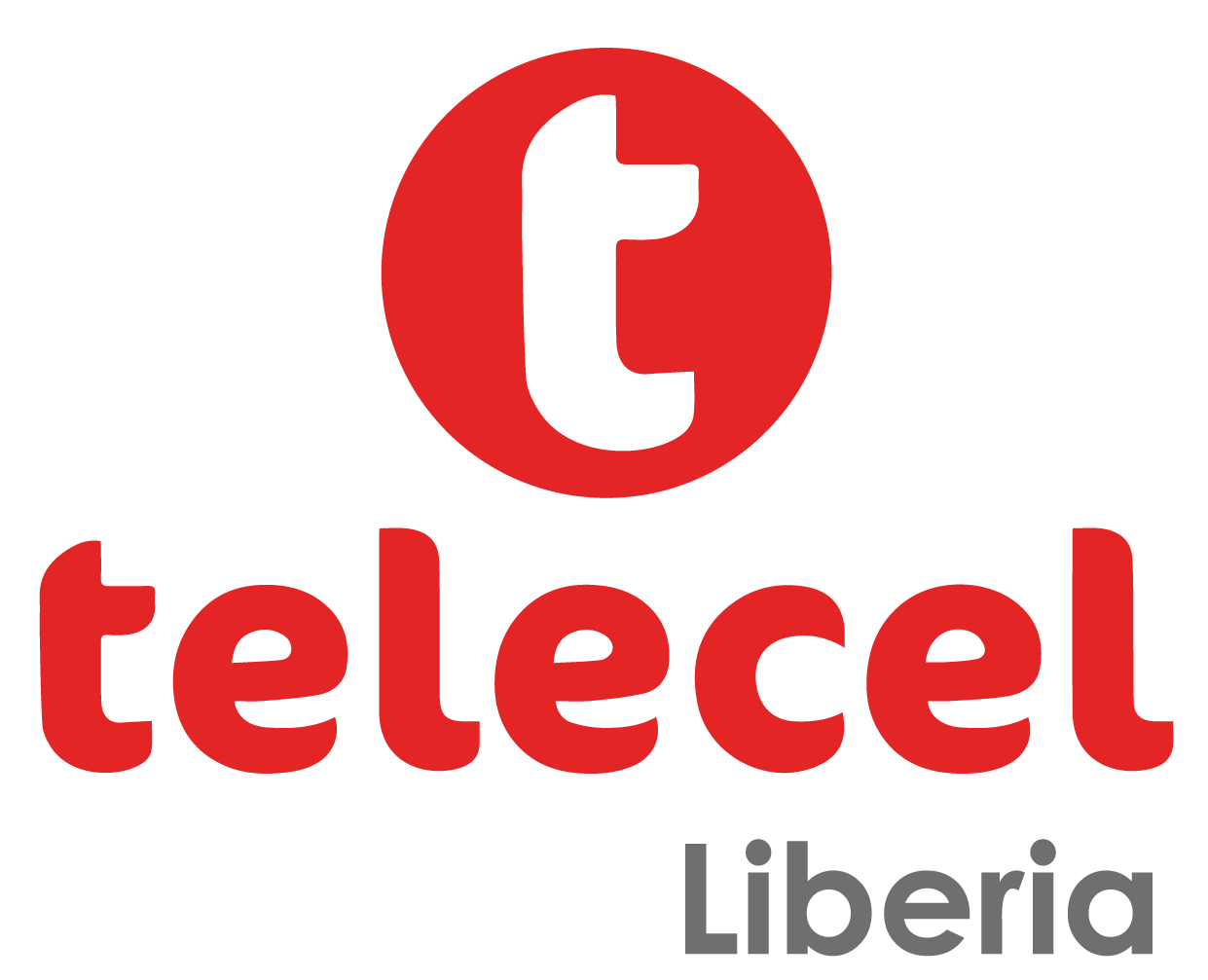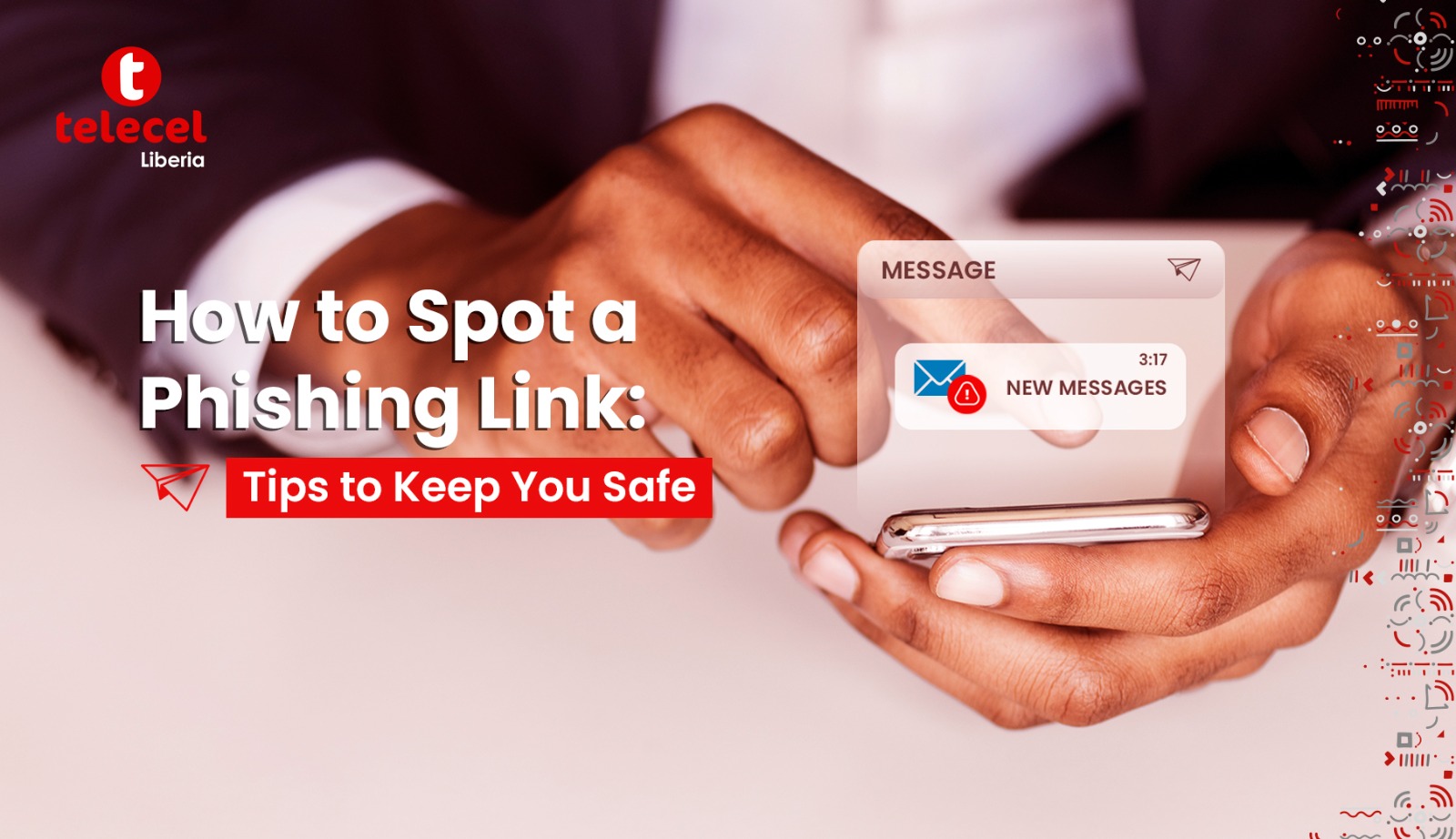The internet has made life more convenient, but it has also given cybercriminals more opportunities to exploit unsuspecting users. One of the most common and dangerous cyber threats is phishing. Every day, hackers craft deceptive emails, messages, and websites to trick people into revealing sensitive information such as passwords, credit card details, and personal data. The good news? You can protect yourself by learning how to spot phishing links before it’s too late.
Why Phishing is a Serious Threat
Phishing remains one of the top cyber threats because it exploits human trust. Hackers impersonate trusted organizations, financial institutions, or even coworkers, sending emails and messages that look legitimate. These messages often contain malicious links that, when clicked, lead to fake websites, trigger malware downloads, or even steal your login credentials.
According to the 2023 Verizon Data Breach Investigations Report, phishing has consistently been the leading cause of data breaches for the past 20 years. Cybercriminals use various tactics, such as domain spoofing, URL shorteners, and fake security logos, to make phishing links appear legitimate. The key to protecting yourself is knowing what to look for.
How to Spot a Phishing Link: 5 Key Tips
- Hover Before You Click
One of the easiest ways to check a link’s legitimacy is to hover over it (on a desktop) or long-press (on a mobile device). This will reveal the actual URL. If the link doesn’t match the sender’s official domain, it’s a red flag. For example, an email claiming to be from PayPal but linking to “paypa1.com” is clearly a phishing attempt.
- Watch for Misspellings and Strange Characters
Hackers use subtle misspellings or special characters in URLs to trick you. For example, “micros0ft.com” instead of “microsoft.com.” Pay close attention to small changes, such as an extra letter or a slight misspelling, and verify the website’s authenticity by searching for the correct domain in Google.
- Look for HTTPS – But Don’t Rely on It Completely
Legitimate websites typically use HTTPS (indicated by a padlock icon in the browser). However, cybercriminals have adapted by creating fake sites with HTTPS. While it’s a good security measure, it shouldn’t be the only factor you rely on.
- Be Wary of URL Shorteners
Attackers often use URL shorteners (like bit.ly or tiny.url) to disguise malicious links. If you receive a shortened link in an email or text from an unknown source, avoid clicking it. You can use tools like CheckShortURL.com to reveal the full link before visiting the site.
- Check for Extra Words or Subdomains
Phishing links often include legitimate-looking company names within subdomains. For example, “login.microsoft.com.attacker.com” may appear authentic but actually leads to an attacker’s site. Always verify the actual domain before clicking.
Additional Signs of a Phishing Attack
- Urgent or Fear-Inducing Messages: Scammers create a sense of urgency to make you act quickly. Beware of messages claiming your account will be closed or compromised unless you take immediate action.
- Unexpected Attachments or Invoices: If you receive an unexpected email with an attachment or invoice, verify its authenticity by contacting the sender directly (but not by replying to the email).
- Generic Greetings: Phishing emails often use generic greetings like “Dear Customer” instead of addressing you by name.
What to Do If You’ve Clicked a Phishing Link
If you mistakenly click on a phishing link, act quickly:
- Disconnect from the Internet – This prevents malware from spreading or sending data to hackers.
- Contact Your IT Department – If you’re at work, inform your IT team immediately.
- Scan for Malware – Use antivirus software to check for any infections.
- Change Your Passwords – If you entered login credentials, update your passwords immediately.
- Enable Two-Factor Authentication (2FA) – This adds an extra layer of security to your accounts.
Protecting Your Business from Phishing Attacks
Businesses are prime targets for phishing attacks, and employees are often the weakest link. Telecel Liberia offers secure internet services with built-in security features to help protect your business from cyber threats. Our services include:
- Secure Business Internet – Reliable, high-speed connectivity with built-in protection against malicious attacks.
- Managed Hosting Solutions – Safe and secure hosting to keep your business’s online presence protected.
- Enterprise-Grade Security Services – Protect your data with firewalls, encryption, and cyber threat monitoring.
- 24/7 IT Support – Our dedicated team is always available to assist with security concerns and internet-related issues.
Stay Safe Online with Telecel Liberia
Phishing scams are becoming more sophisticated, but you can stay ahead of cybercriminals by being vigilant. Always double-check links before clicking, verify unexpected messages, and educate yourself on phishing tactics. Telecel Liberia is committed to providing secure and reliable internet services to keep individuals and businesses safe online.
📞 Need a secure internet connection? Contact us today!
Call +231776933986 to learn more about our security-focused internet solutions.
Stay alert, stay secure, and browse with confidence!




